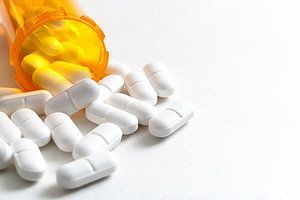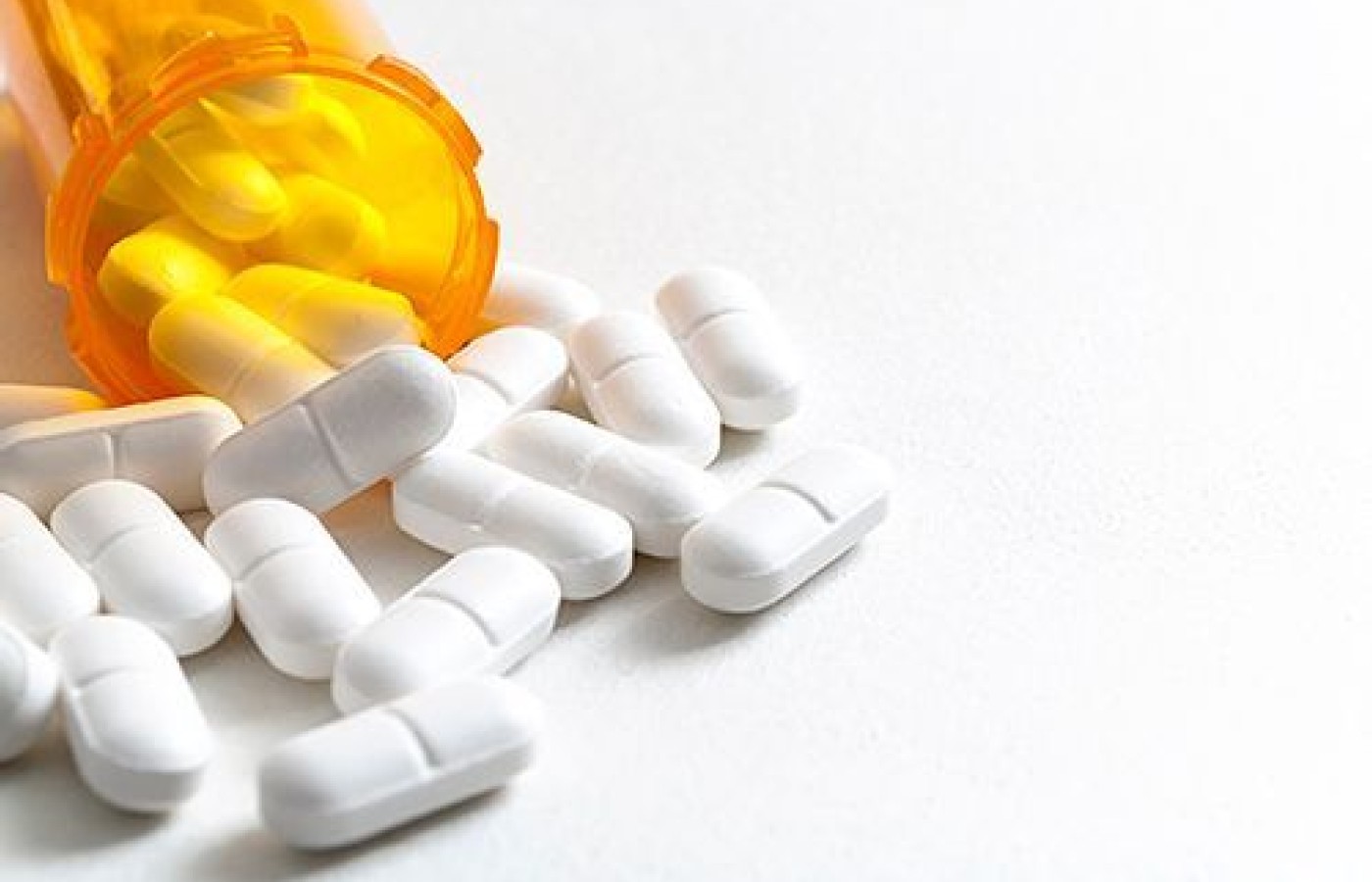Whether you accept it, avoid it or live somewhere in between, insurance coverage has become a defining issue for our profession. Patients increasingly expect to use their benefits, practitioners want to be compensated fairly for their time and expertise, and the system itself remains – at best – fragmented. The encouraging news is that coverage has expanded in meaningful ways. The challenging news is that reimbursement, across the board, remains inadequate.
The Forgotten Epidemic in the Time of COVID-19
By the time you read this, we sincerely hope Americans are progressively emerging from the COVID-19 lockdowns that dominated headlines in 2020. With several vaccines approved and being administered in mid-December of last year, one can only expect that the pandemic will eventually be brought under control.
The same can't be said for the forgotten epidemic,1 a man-made plague that still thrives and may have gotten worse during this challenging time: opioid abuse, misuse and addiction, which continues to kill Americans every day without end in sight.
Lockdowns and Opioid Use
Panic, job loss, financial insecurity, inability to access nondrug health care services for pain, and increased pain caused by any of the above may have elevated the risk of opioid use, abuse and addiction. In fact, social isolation itself may increase addiction risk.2 An AMA brief3 published last year, in the midst of the COVID pandemic, emphasizes the problem:

The AMA is greatly concerned by an increasing number of reports from national, state and local media suggesting increases in opioid-related mortality — particularly from illicitly manufactured fentanyl and fentanyl analogs. More than 20 states have reported increases in opioid-related mortality as well as ongoing concerns for those with a mental illness or substance use disorder in counties and other areas within the state.
Opioid Abuse and COVID-19
According to the National Institute on Drug Abuse (NIDA), opioid users may also be at higher risk for COVID-19 infection and complications:4
People with opioid use disorder (OUD) ... may also be vulnerable due to those drugs' effects on respiratory and pulmonary health. Additionally, individuals with a substance use disorder are more likely to experience homelessness or incarceration than those in the general population, and these circumstances pose unique challenges regarding transmission of the virus that causes COVID-19.
Advancing the Drug Model
The COVID-19 pandemic put medication – vaccines to prevent it and drugs to treat it – into daily conversation for months. The public is increasingly aware that, should another virus arrive – and one surely will, the rush for medication / vaccines will be in full force.
And all the while, Big Pharma – the pharmaceutical industry – has been grinning wider than ever. Discussion of nondrug health care has been sporadic, often drowned out by cries of, "When will I be able to get vaccinated? and "What are the best drugs to treat COVID-19?"
Your Opportunity
Mother Nature, Big Pharma and/or herd immunity will eventually bring COVID-19 under control – but the opioid epidemic? What mechanisms are in place to stop this out-of-control public-health crisis? You. Every acupuncturist's voice must ring loud and clear to convey the nondrug message to the masses, especially as COVID-19 takes us in a distinctly drug / vaccine direction. Otherwise, the forgotten epidemic may truly be forgotten until it's too late.
References
- Opioid Overdose: Understanding the Epidemic. Centers for Disease Control and Prevention.
- Grinspoon P. "A Tale of Two Epidemics: When COVID-19 and Opioid Addiction Collide." Harvard Health Blog, April 20, 2020.
- "Issue Brief: Reports of Increases in Opioid-Related Overdose During COVID Pandemic." American Medical Association, Advocacy Resource Center.
- "COVID-19: Potential Implications for Individuals with Substance Use Disorders." NIDA, April 6, 2020.



